
Sensory analysis of food and beverages
Appearance – Smell – Taste – Texture – Mouthfeel

Development and optimization of food, beverages, luxury foods and pet food
Do you want to inspire your customers with a holistic product experience? And ensure that your new food or pet food is established on the market in the long term? Impress your customers with products that meet all expectations in terms of appearance, smell, taste and texture and fully exploit your innovation potential.
We conduct thorough sensory analyses for you and develop clear strategies for optimizing your products to increase your market opportunities. We work with an in-house (DIN-trained) sensory analysis panel. In addition, we use our extensive repertoire of methods from sensory and instrumental analysis, consumer tests and statistical approaches, and provide comprehensive advice.
Overview of our services in the area of food sensory analysis
Our research methods can be applied to any raw material or product across a wide range of categories. Here is an overview of our food sensory analysis services.
Sensory optimisation of food
Meat & Fish, Spices, Drinks & Milk, Fruits & Vegetables
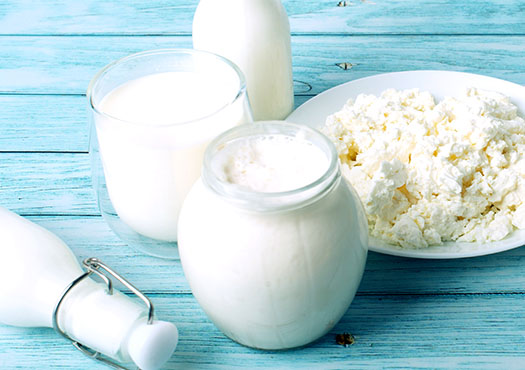
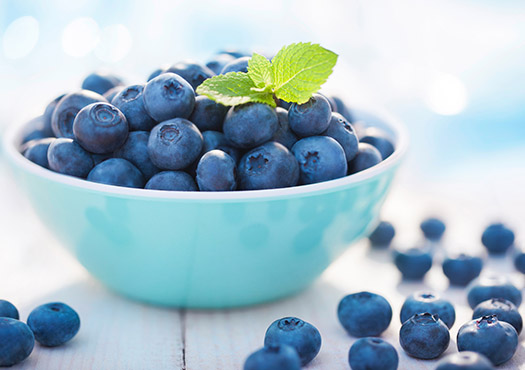
With our vast experience and extensive laboratory equipment, we can assist you in the optimization and development of your food products, determining and analyzing sensory properties in a cost-effective and time-saving manner.
The smell and taste of food can only be measured by human sensory testing. Descriptive sensory methods are used to detect, describe and quantify differences between a set of products. These methods can objectively (analytically) evaluate the sensory properties of food and consumables as well as examine characteristic structural properties both qualitatively and quantitatively. These analyses are carried out exclusively by trained panels and require an intensive expenditure of time and training sessions.
In addition to traditional human sensory methods, we at the Fraunhofer IVV also use modern rapid methods for the sensory profiling of foods and beverages. These include, for example, techniques such as “flash profiling”, various mapping methods, grouping methods and “check all that apply” (CATA). In addition, we are able to use and accurately evaluate new and existing data with the help of digital methods, multidimensional data analysis and data science. This allows us to develop and evaluate your products faster, more efficiently, and more accurately.
We also offer extensive expertise in the area of aroma release in foods. During consumption, these release odor-active VOCs that determine the overall sensory impression of the product. We determine flavor release mechanisms for you and optimize food matrices tailored to the desired flavoring substances.
Our services in the area of sensory optimization of food:
- Comprehensive characterization of odors and taste impressions in food and beverages by highly qualified sensory panels
- Sensory characterization / profiling using modern sensory rapid methods
- Sensory difference test for the rapid selection of deviating samples
- Statistical evaluations
- Visualization of data (e.g. in a sensory map)
Contact us and we will support you in the implementation of product development and optimization of your products fast and in a targeted manner!
Sensory optimisation of consumer goods
Packaging, Plastics, Recycled, Toys, Appliances and Consumer Goods, Materials and Textile
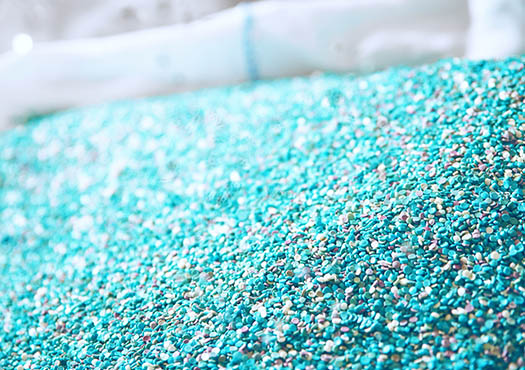
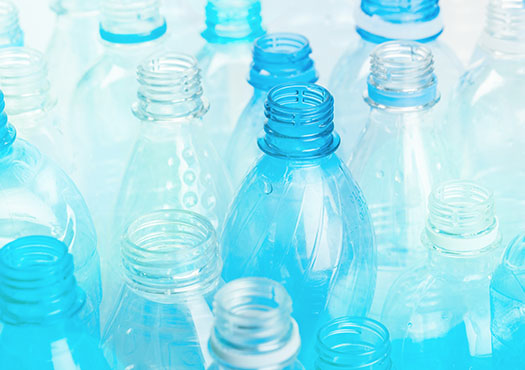
We have extensive expertise in the sensory analysis of consumer goods, raw materials, and recycled materials. By combining organoleptic methods with sensor technologies and multidimensional data analysis, we offer fast, efficient, and targeted analysis of the sensory properties of your products.
We help you meet the challenges of quality assurance, product development and optimization.
Our services in the field of consumer goods:
- Comprehensive characterization of odors and taste impressions in consumer goods and raw materials by highly qualified sensory panels
- Sensory characterization / profiling using modern rapid sensory methods
- Sensory discrimination test for the rapid selection of deviating samples
- Statistical evaluations
- Visualization of the data (e.g. in a sensory map)
Contact us and we will help you to develop and optimize your products quickly and efficiently!
Sensory optimisation of personal & home care products
Cosmetic Products, Room Fragrances, Cleaning Agents and Detergents
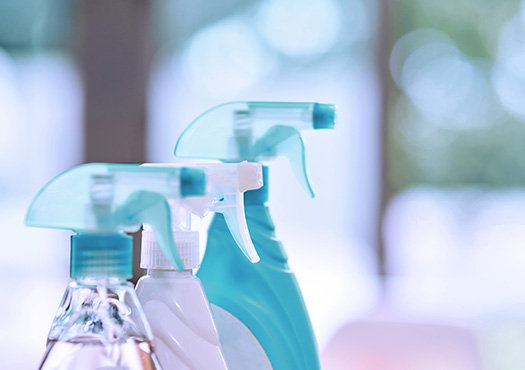
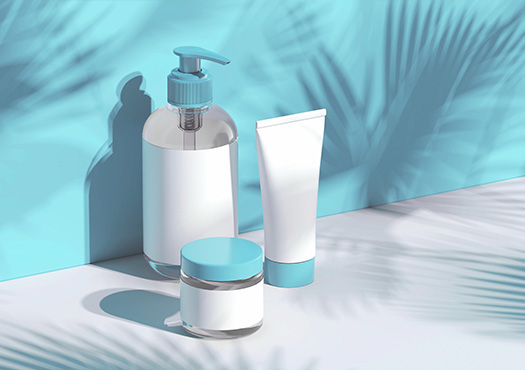
Do you want to analyse the smell, texture or perception of your products and raw materials in the personal and home care sector? With the help of our trained panels, we can support you in the sensory categorisation and comparison of your product development samples.
Our services in the personal and home care sector:
- Cross-product evaluation and prediction of the smells of specific ingredients, as well as the development of customised aroma profiles
- Examination of the multisensory perception of products or raw materials using novel stimulation scenarios
- Evaluation of the feel on the skin during or after application of a skin care product
- Evaluation of the feel of hair when wet and dry after application of a hair care product
- Texture evaluation of textiles after application of a fabric care product
Contact us and we will help you to quickly and effectively implement the product development and optimization of your products!
Sensory optimization of animal feed
Pet Food and Feed for Farm Animals
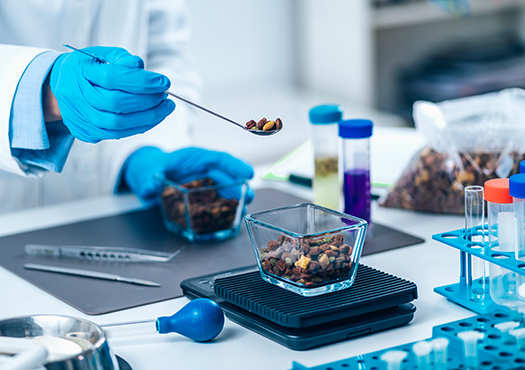
We can support you competently in the optimization and development of your pet food products with our many years of experience and extensive laboratory facilities, we can assist you in the optimization and development of your pet food products by determining and analysing sensory properties in a cost-effective and time-saving manner.
In addition to the sensory profiling of an animal feed or its ingredients, the aroma-active compounds it contains can provide additional important information about the properties of a product.
Our services in the area of sensory optimization of animal feed:
- Sensory optimization of ingredients and raw materials, such as the use of alternative protein sources in animal feed for a meat-like texture and pleasant odor
- Investigation of flavor release and real-time evaluation of pet food flavour release to optimize recipes and cooking recommendations
- Targeted quality and authenticity screening
Contact us and we will help you to implement the product development and optimization of your products quickly and effectively!
Insight into our laboratory of sensory analytics
While holding down the mouse, you can use the mouse pointer to move 360° virtually through our laboratory of sensory analytics!
Double click for full screen mode
Other services
- The business area of food
- Optimisation of raw materials, substances and products in terms of odor
- Development and optimisation of personal and home care raw materials and products
- VOC analysis and minimisation of harmful emissions
- Development of recyclable and safe packaging systems
- The business area of product impact
 Fraunhofer Institute for Process Engineering and Packaging IVV
Fraunhofer Institute for Process Engineering and Packaging IVV